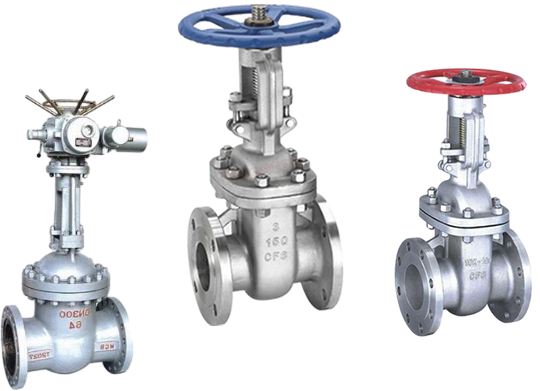Remote Controlled Ball Valve for Efficient Fluid Management and Automation Solutions
Understanding Remote Ball Valves An Essential Component in Modern Automation
In today’s industrial landscape, efficiency and control are paramount. One of the critical components that contribute to enhanced automation in various processes is the remote ball valve. This innovative device plays an integral role in managing the flow of liquids and gases across multiple applications, from water treatment facilities to oil and gas refining, and beyond.
What is a Remote Ball Valve?
A remote ball valve is a type of quarter-turn valve that utilizes a spherical ball with a hole (or port) through its center. When the ball is rotated, the flow is either allowed or blocked, providing a straightforward mechanism for controlling fluid passage. The term remote signifies that these valves can be operated from a distance, typically with electric or pneumatic actuators, allowing for more convenient and safer operation in environments that may be hazardous or difficult to reach.
How Does it Work?
The core operation of a remote ball valve involves the actuator, which can be either electric or pneumatic. This actuator is controlled remotely, allowing operators to open or close the valve without being physically present at the valve location. When the actuator is engaged, it turns the ball within the valve body, aligning the port with the flow path (open position) or blocking the flow (closed position).
This design not only ensures quick responsiveness in flow control but also minimizes the risk of leaks. The ball’s smooth surface provides a tight seal against the valve body, which becomes increasingly important in high-pressure applications. Additionally, the ability to control these valves remotely reduces personnel exposure to potentially dangerous substances.
Applications of Remote Ball Valves
remote ball valve

Remote ball valves find applications across a myriad of industries. In the oil and gas sector, they regulate the flow of crude oil and gas, ensuring safety and efficiency during transportation and processing. In water treatment plants, they manage the flow of water and chemicals, such as the addition of chlorine or other disinfectants, with high precision.
Furthermore, these valves are crucial in HVAC systems for controlling air and water flow. Their ability to be actuated remotely allows for seamless integration into building automation systems, leading to increased energy efficiency and improved climate control.
Benefits of Using Remote Ball Valves
The advantages of remote ball valves are numerous. First and foremost is safety; operators can manage processes from a safe distance, thus minimizing risk. They also enhance operational efficiency by eliminating the need for manual intervention, which can be time-consuming and may lead to human error.
Moreover, remote ball valves contribute to improved system performance. Their quarter-turn operation allows for quick opening and closing, which helps maintain optimal flow rates. Maintenance is another area where these valves shine, as many models are designed for easy disassembly and cleaning, reducing downtime.
Conclusion
In conclusion, remote ball valves are vital components in modern industrial processes, providing effective control over fluid dynamics while ensuring safety and efficiency. As industries continue to evolve towards greater automation and remote operations, the role of these valves will undoubtedly expand, paving the way for more innovative solutions in fluid management. Whether in energy production, water treatment, or HVAC systems, their impact can be felt across various sectors, making them indispensable in today’s operational landscape.
-
The Key to Fluid Control: Exploring the Advantages of Ball Valves in Industrial SystemsNewsJul.09,2025
-
The Versatile World of 1, 2, and 3 Piece Ball ValvesNewsJul.09,2025
-
Stainless Steel Ball Valves: The Ideal Choice for Efficient Flow ControlNewsJul.09,2025
-
Optimizing Fluid Control with Ball Float ValvesNewsJul.09,2025
-
Manual Gate Valves: Essential for Control and EfficiencyNewsJul.09,2025
-
Everything You Need to Know About Butterfly ValvesNewsJul.09,2025
-
The Versatility of Wafer Type Butterfly ValvesNewsJul.08,2025




